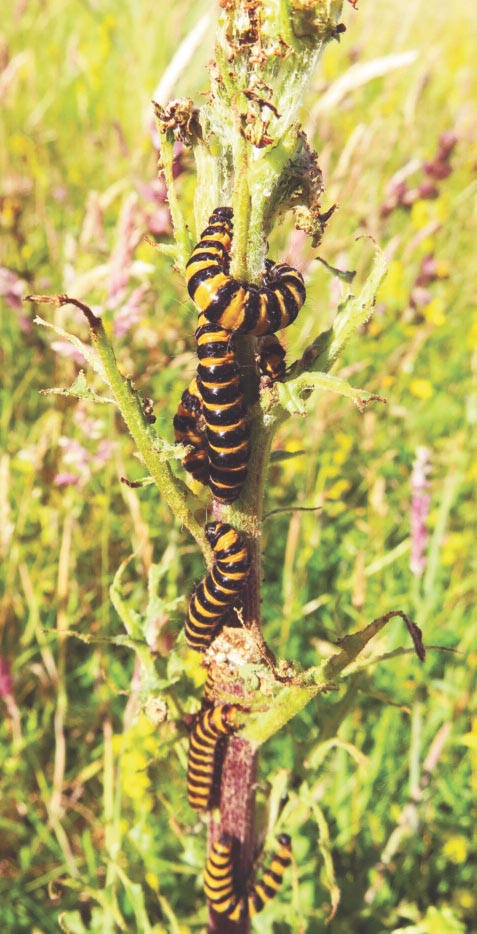| November
/ 2017 - Michael Ryan
|
|
We
went to Donegal for a week
in July and on announcing our intended
destination we received many ominous warnings about the weather. Sure
enough we left Dublin in baking sunshine with the temperature in the
mid-20s and by the time we reached Donegal it was raining heavily. But
next day the sun was out and it was glorious as we drove north beside
a sparkling sea stopping at a viewing area overlooking a lovely little
bay where Lucy spotted a Porpoise with a calf. We were heading to Slieve
League. I’d visited the famous cliffs back in 1995 but there was
nothing then like the throngs of visitors that were there this time.
It has two car parks, one at the base of the winding road the other
at the top near the cliffs, full of cars, camper vans and fast food
stalls. Taking advantage of the crowds or, more specifically, the uneaten food they leave behind were a pair of ravens, hopping around a few feet away and occasionally perching on direction signs. Further up the coast at Glencolumcill we got our only sighting of Chough when a little flock flew over. One place in Donegal we specifically wanted to visit was a nature reserve at a beach at Sheskinmore which earlier this year featured in a wonderful wildlife documentary about the Wild Atlantic Way, in a sequence where a nesting Skylark was filmed bringing food to its young. The cameraman had told us it was a lovely area with the beach backing onto dunes covered with wildflowers. As we wound along the path, lined with Common Spotted and Pyramidal Orchids, towards the beach a large raptor flew over, though only getting a glimpse, it was almost certainly a female Marsh Harrier. |
 Black Raven perched on signpost at Slieve League cliffs in Donegal Photo: Michael Ryan |
|
|
The
beach was as lovely as we anticipated; miles of white sand with only
a handful of people on a warm summer’s day and as we rounded one
headland we saw a big raft of ducks cruising through the surf. They
were Eider, the largest of our duck species, beautiful birds with their
distinctive sloping forehead who breed on many of the uninhabited islands
off the Donegal coast. Further along Ringed Plover rushed around the
beach probably having nested nearby.
|
||
|
|
We
stayed in Dunfanaghy and went on a lovely walk which passes along
Tramore Beach before coming back through a pine wood. The start of
the walk passes through a nature reserve where a signpost explained
its importance as a breeding habitat for the caterpillars of the day
flying Cinnabar moth. The caterpillars feed on ragwort and absorb
the toxic substances from the plant making themselves unpalatable
to predators. The caterpillars have the classic, warning to predators,
colours of yellow and black stripes and the adult moth’s black
body and vivid red wings send out a similar warning sign to anything
that might want to eat them. We had arrived as the ragwort was in
flower among the dunes and virtually every plant had cinnabar caterpillars
feeding on them, thousands of them. I was thinking such a large number
of caterpillars facing no threat from predators must be very successful
but apparently they will often totally devour their food plants and
lots end up starving or resorting to cannibalism. We emerged from
the dunes onto another stretch of long pristine sandy beach again
almost empty of people and made our way over to where the path continued
up slopes of soft grasses with a lovely patch of vivid pink ragged
robin beside us and it was here, feeding on clover, I saw one of the
highlights of our trip, a Dark Green Fritillary butterfly. |
As
we returned to our B&B a car in front stopped on the road and put
on its warning lights. The driver got out, went to the other side of
the road and picked up something. It was a young swallow, which had
been hit by a passing car. On our way to the wood I’d wondered
at the agility of the swallows flying so low along the same high hedged
road sweeping up insects but this unfortunate hadn’t made it.
I thought it very decent of the other driver to stop and try to help
the bird but there was blood coming from its bill and it passed away
soon after. The next morning we were up early and off to Lis Na Gra
Wood again getting there by 6.30a.m. We were only there a few minutes
when Lucy heard scales dropping down from a cone and we saw a beautiful
red squirrel sitting high up in the Scots Pine we’d parked under.
Another couple of people arrived who’d just driven from Derry.
This was a favourite spot of theirs to visit and they told us a lot
of newlyweds come there to have their wedding photos taken. I don’t
think there was anywhere we visited in Donegal that we wouldn’t
go to again and though the time we visited was great for wild flowers
and butterflies we’d love to visit in spring or early summer when
skylarks are singing and cuckoos are calling. |
|
 Dark Green Fritillary Butterfly, Dunfanaghy Photo: Michael Ryan |
DALKEY HOME PAGE | DALKEY COMMUNITY COUNCIL | DALKEY HERITAGE COMPANY | CANNONAID



